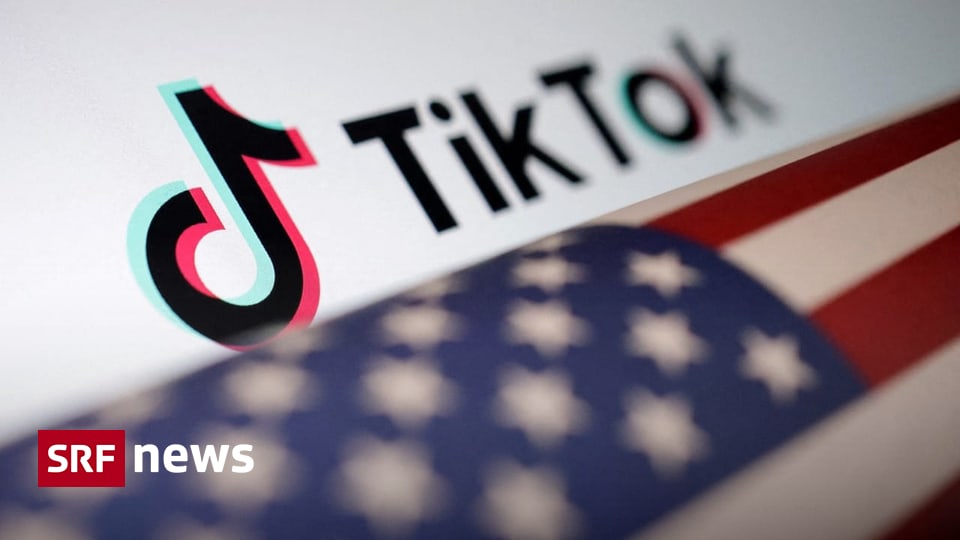Grasshoppers, flying ants, butterflies and mosquitoes generate electrical charges in the atmosphere. Thus a swarm of insects can affect the weather.
According to a study, a swarm of insects can generate as much electrical charge in the atmosphere as a thundercloud and thus affect the weather, among other things. In this way, the animals may also contribute to the transport of air molecules, according to a research team report in the specialized journal iScience. With regard to an effect that has not been seen much so far, it must be borne in mind that birds and microorganisms also carry a charge and disperse in the lower atmosphere – the extent of the electrical interactions generated in the atmosphere must now be investigated more closely.
There are many sources of electrical charges in the atmosphere that affect processes such as droplet formation and removal of dust and aerosols. The electric field there is correspondingly variable. So far, neither living organisms nor biological processes have been taken into account as charge sources in the models — although they do play a role in fluctuations in atmospheric electricity, the research team explains. Many insect species are known to carry an electrical charge from picocolumps to nanocoulombs per individual. Thus large concentrations of flying insects could be an important source of space charge in the atmosphere.
Desert locusts can change their electrical environment
Scientists led by Ellard Hunting of the University of Bristol have measured the electric field for the first time near a swarm of honeybees. Such swarms can alter atmospheric electricity by 100 to 1,000 volts per meter and increase the strength of the electric field normally found near the ground. “We’ve always studied how physics affects biology, but at some point we realized that biology can also influence physics,” says first author Hunting.
Based on the data obtained, the team developed a model to calculate the effect of swarms of other insects such as flying ants, grasshoppers, migratory butterflies and mosquitoes. “The effect of insect swarms on atmospheric electricity depends on their density and size,” explains co-author Liam O’Reilly from the University of Bristol. For some locusts, for example, where a swarm can contain 80 million animals in less than a square mile (2.6 square kilometres), the impact on atmospheric electricity is likely to be much greater than that of bee swarms. Desert locust swarms (Schistocerca gregaria) have the ability to alter their local electrical environment on a scale similar to meteorological events such as thunderclouds.
The researchers wrote that this form of atmospheric space charge has not yet been taken into account in current climate models. Aerospace charge enhances, among other things, the aggregation and movement of air molecules, so it is conceivable that the charges generated by insects contribute to spatial changes in air molecules. There could be an effect on the transport of desert dust over long distances. (dpa)
Read also about this

“Alcohol buff. Troublemaker. Introvert. Student. Social media lover. Web ninja. Bacon fan. Reader.”





More Stories
Up to 100 pilot whales stranded in Western Australia – Science
Huge radiation explosion from a magnetar – forschung.de
Principles and features of the folk nutritional principle